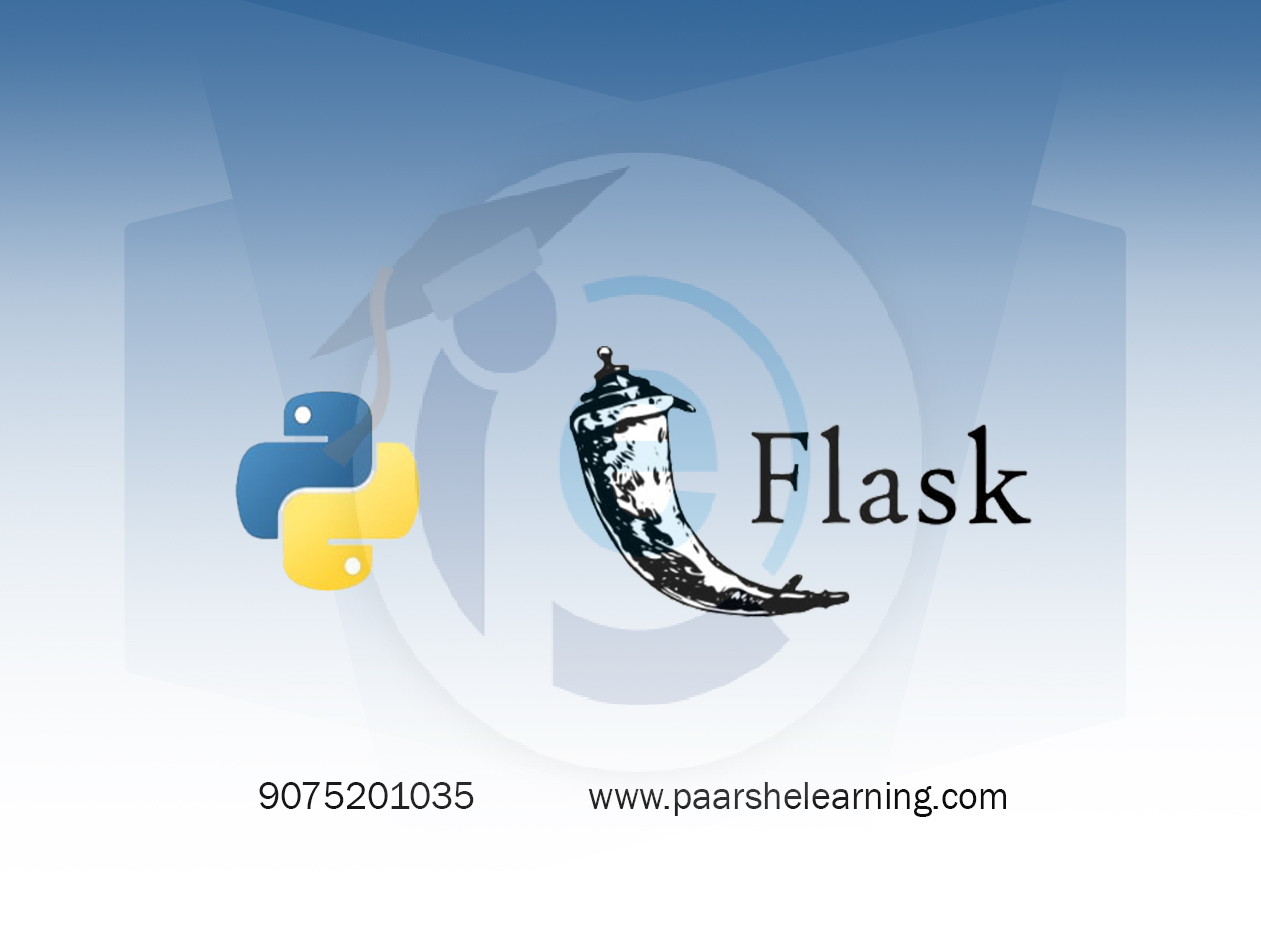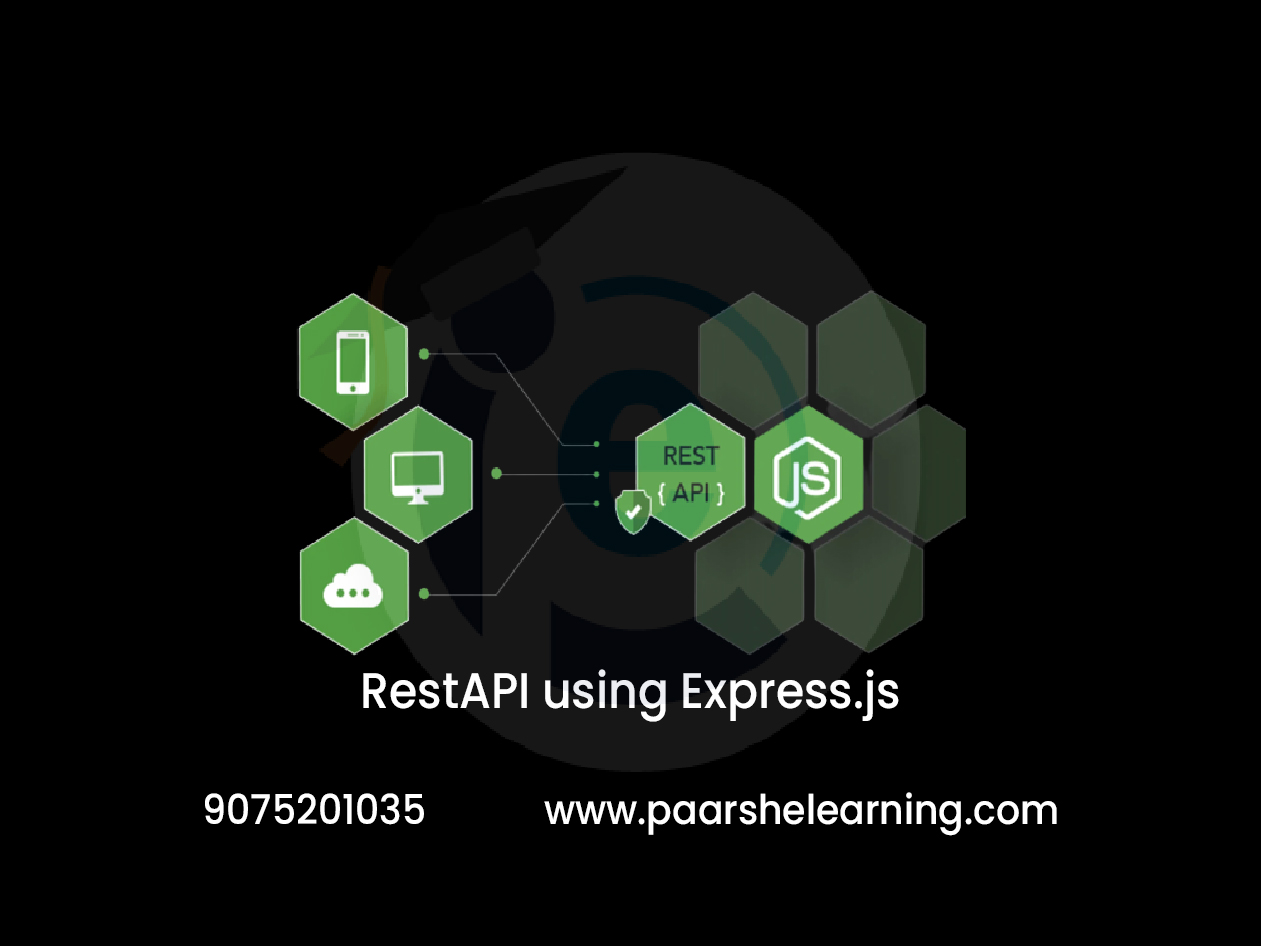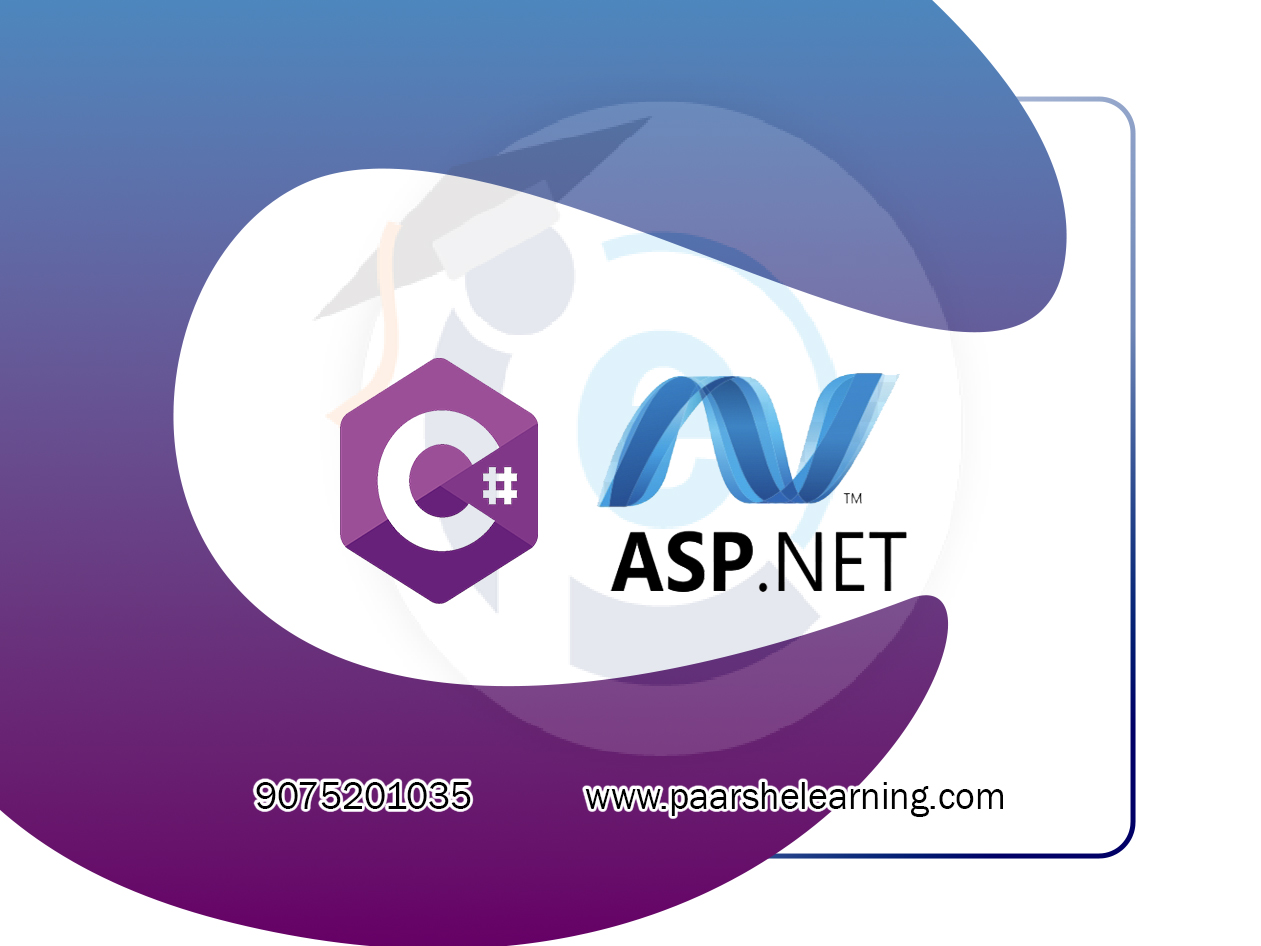- Introduction to RESTful APIs: This module provides an introduction to RESTful API concepts, including HTTP methods, status codes, resource URLs, and data formats.
- Setting up the development environment: This module covers how to set up the development environment for building RESTful APIs using Express.js and Node.js.
- Building the RESTful API: This module covers the process of building a RESTful API using Express.js, including how to create and handle routes, middleware, and controllers.
- Authentication and authorization: This module covers how to implement authentication and authorization in a RESTful API using token-based authentication and OAuth 2.0.
- Testing and debugging: This module covers how to test and debug the RESTful API using tools like Postman or curl.
- Deployment and optimization: This module covers how to deploy the RESTful API and optimize it for scalability and performance.
RestAPI using Express.js
Course description
Building a REST API using Express.js involves using Node.js as a runtime environment, and Express.js as a web application framework. This course requires knowledge of JavaScript fundamentals, Node.js, RESTful API concepts, middleware, database interactions, authentication and authorization, and testing and debugging.
By mastering these skills, you can create powerful and flexible RESTful APIs with Express.js, enabling you to build robust and scalable web applications.
In a course on building a REST API using Express.js, you can expect to learn the following skills:
- Build a RESTful API using Express.js and Node.js
- Understand RESTful API concepts, such as HTTP methods, status codes, resource URLs, and data formats
- Use middleware to modify requests and responses
- Connect to and query data from a database
- Implement authentication and authorization using token-based authentication and OAuth 2.0
- Test and debug the REST API using tools like Postman or curl
- Optimize the API for scalability and performance
By the end of the course, you'll be equipped with the skills needed to build a powerful and flexible RESTful API using Express.js, and have a deep understanding of RESTful API concepts and best practices. You'll also have a solid foundation in Node.js, which will enable you to build robust and scalable web applications.
What you will learn from this course?
This course includes!
- Daily Live session
- A recorded session with problem-solving material
- Access on Mobile and TV
- Certificate of completion
- Recommendation Letter
- 100% Job Placements
This course is for
- A course on building a REST API using Express.js is designed for developers who want to learn how to build powerful and flexible RESTful APIs using Node.js and Express.js.
- It's suitable for both beginners and intermediate developers who have some prior experience in JavaScript and web development.
- This course is ideal for developers who want to learn how to build robust and scalable web applications with modern technologies.
Prerequisites for this course
- JavaScript fundamentals: You should be comfortable with the basics of JavaScript programming, including variables, data types, control structures, functions, and arrays.
- Web development basics: You should have a good understanding of HTML, CSS, and basic web development concepts, including HTTP, servers, and clients.
- Node.js: You should have a basic understanding of Node.js and how it works, including the ability to use npm to install packages and manage dependencies.
Restapi Using Express.js Syllabus
-
Introduction To Restful Apis And Express.js
Overview of RESTful APIs and their significance Introduction to Node.js and Express.js framework Setting up a development environment (Node.js, npm) Installing and configuring Express.js
-
Building The Api Foundation
Understanding REST architecture and principles Creating the project folder structure Configuring routes and controllers in Express.js Implementing basic CRUD operations
-
Creating Models And Database Interaction
Introduction to models in Express.js Creating models to interact with the database Setting up a database (MongoDB, MySQL, etc.) Writing queries and handling data retrieval
-
Handling Get Requests
Designing API endpoints for retrieving data Implementing GET methods for single and multiple resources Sending JSON responses to client requests Implementing pagination and filtering
-
Handling Post Requests And Data Validation
Setting up API routes for creating resources Implementing POST methods for resource creation Validating incoming data using middleware Sending appropriate HTTP responses for success and error
-
Handling Put And Delete Requests
Designing API routes for updating and deleting resources Implementing PUT and DELETE methods for resource modification Handling requests with URL parameters and query strings Sending appropriate HTTP responses for updates and deletions
-
Authentication And Security
Introduction to API authentication methods Implementing token-based authentication using JWT (JSON Web Tokens) Securing API endpoints and protecting sensitive data Handling unauthorized access and providing error responses
-
Error Handling And Api Documentation
Implementing consistent error handling in the API Creating error response formats for various scenarios Generating API documentation using tools like Swagger or Postman Providing clear and comprehensive documentation for API users
-
Testing And Debugging
Introduction to API testing tools (Postman, Insomnia) Testing API endpoints and verifying responses Debugging common API issues and errors Writing unit tests for API routes using testing frameworks
-
Versioning And Best Practices
Understanding API versioning and its importance Implementing versioning in your Express.js API Reviewing best practices for designing RESTful APIs Analyzing real-world API examples and case studies
-
Advanced Topics And Final Project
Implementing more complex API features (pagination, sorting, relationships) Integrating API with frontend frameworks (React, Angular) Performance optimization techniques for APIs Final project: Developing a comprehensive RESTful API using Express.js
-
Paarsh E-Learning encourages hands-on practice, assignments, and projects throughout the course to reinforce students' understanding of building RESTful APIs using Express.js. Assign practical exercises that involve creating endpoints, handling different types of requests, and implementing authentication and validation. Cover both theoretical concepts and practical applications to provide a well-rounded learning experience.





